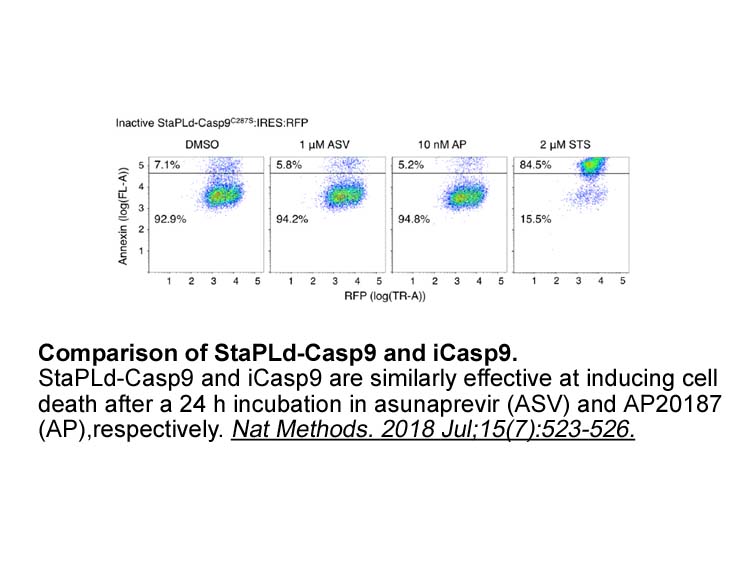Archives
Our research is the first to report that
Our research is the first to report that administration of HMW-HA is an effective strategy to defend against PM2.5-induced disruption of pulmonary epithelial barrier and lung injury, and addresses that HMW-HA restricts PM2.5-induced epithelial apoptosis through reducing oxidative stress and following activation of ASK1, p38 and JNK. The results contribute to the future preventive application of  HMW-HA against air pollution-associated respiratory dysfunction and the therapeutic utilization of HMW-HA in respiratory diseases.
HMW-HA against air pollution-associated respiratory dysfunction and the therapeutic utilization of HMW-HA in respiratory diseases.
Acknowledgement
This research was supported by the Science Technology Department of Zhejiang Province (grant number 2017C33088).
Introduction
Cyclophilins (Cyps) are found in various species. Cyps belongs to the immunophilin family, and there are seven major Cyps in human. They are CypA, CypB, CypC, CypD, CypE, Cyp40 and CypNK [1]. The Cyps were originally discovered as intracellular binding protein for cyclosporine A (CsA). They are abundant, ubiquitous, and highly conserved cytosolic protein [2]. They have a peptidyl-prolyl cis–transisomerase (PPIase) activity [1], [3]. CypA is known to possess multiple biological functions and affect regulation of signal transduction and gene Apramycin Sulfate [4]. It has been shown that CypA is associated with various proteins and regulate their functions. For instance, CypA binds to peroxiredoxins (Prx) and activates its peroxidase activity. It is still unclear how Cyp is related to various biological functions, although the importance of Cyp in many tissues was accumulated from a number of studies [5], [6]. These studies provide a potent molecular mechanisms how CypA can play an anti-apoptotic roles in human cancers, inflammation, and oxidative stress.
Apoptosis signaling-regulating kinase 1(ASK1) is known as a Mitogen-activated protein (MAP) kinase kinase kinase (MAP3K). It is widely recognizes to activates the JNK and p38 MAPK pathways in response to various intra- and extracellular stresses, including oxidative stress, ER-stress, anti-cancer drug, calcium overload, apoptosis and inflammation [6]. Phosphorylation of a threonine residue within the kinase domain of ASK1 is essential for the activation of ASK1 [7]. The S966 phosphorylation site of ASK1 has been shown to occur through the trans-autophosphorylation under oxidative stress [8].
Materials and methods
Results
Discussion
Oxidative stress is known to trigger several human diseases including diabetes, and Parkinson's disease, Alzheimer's disease and amyotrophic lateral sclerosis (ALS) [4], [15]. Many attempts have been done to reduce or remove oxidative stress-induced cell death. Some studies have shown that CypA protects oxidative stress-induced apoptotic cell death [3]. However, the mechanism by which CypA inhibits oxidative stress-induced apoptosis was not clearly understood. Here, we demonstrated that pro-apoptotic protein ASK1 physically interacts with CypA and its phosphorylation level was reduced by CypA, suggesting that CypA interacts with pro-apoptotic molecules and inhibit the signal transduction pathway. Consistent with our data, CypA is reported to interact with Apoptosis Inducing Factor (AIF) to show cytoprotective functions [16].
A few molecules have been reported to interact with ASK1. Notch1 was shown to interact with ASK1 and inhibit ASK1 activation, thus resulting in suppression of ASK1 signal transduction pathway [17]. Also previous studies have demonstrated Caspase-activated DNase (CAD), anti-apoptotic protein, inhibitor (CIIA) that interacts with ASK1. CIIA functions as a natural antagonist against ASK1-mediated signaling and DNA fragmentation [18]. Our data indicate that CypA is a new binding partner of ASK1.
We have shown that ASK1 is regulated by CypA under oxidative stress. Overexpressed CypA interacted with ASK1 and reduced the phosphorylation level of ASK1. Moreover, the phosphorylation of JNK and p38 was also inhibited by overexpressed CypA. Thus, our findings suggest that CypA functions as a molecular switch regulating the oxidative stress-induced activation of ASK, and that CypA may play an important role in modulating ASK1 signaling pathway in oxidative stress-induced apoptosis [19], [20]. Our data showed that the cytoprotective role of CypA seems to require PPIase activity, even though its exact mechanism remained to be elucidated. Future animal studies are needed to study in detail the relationship between CypA and ASK1 with regarding to the related diseases, pr oviding the important insight about CypA as a therapeutic target in the related diseases.
oviding the important insight about CypA as a therapeutic target in the related diseases.